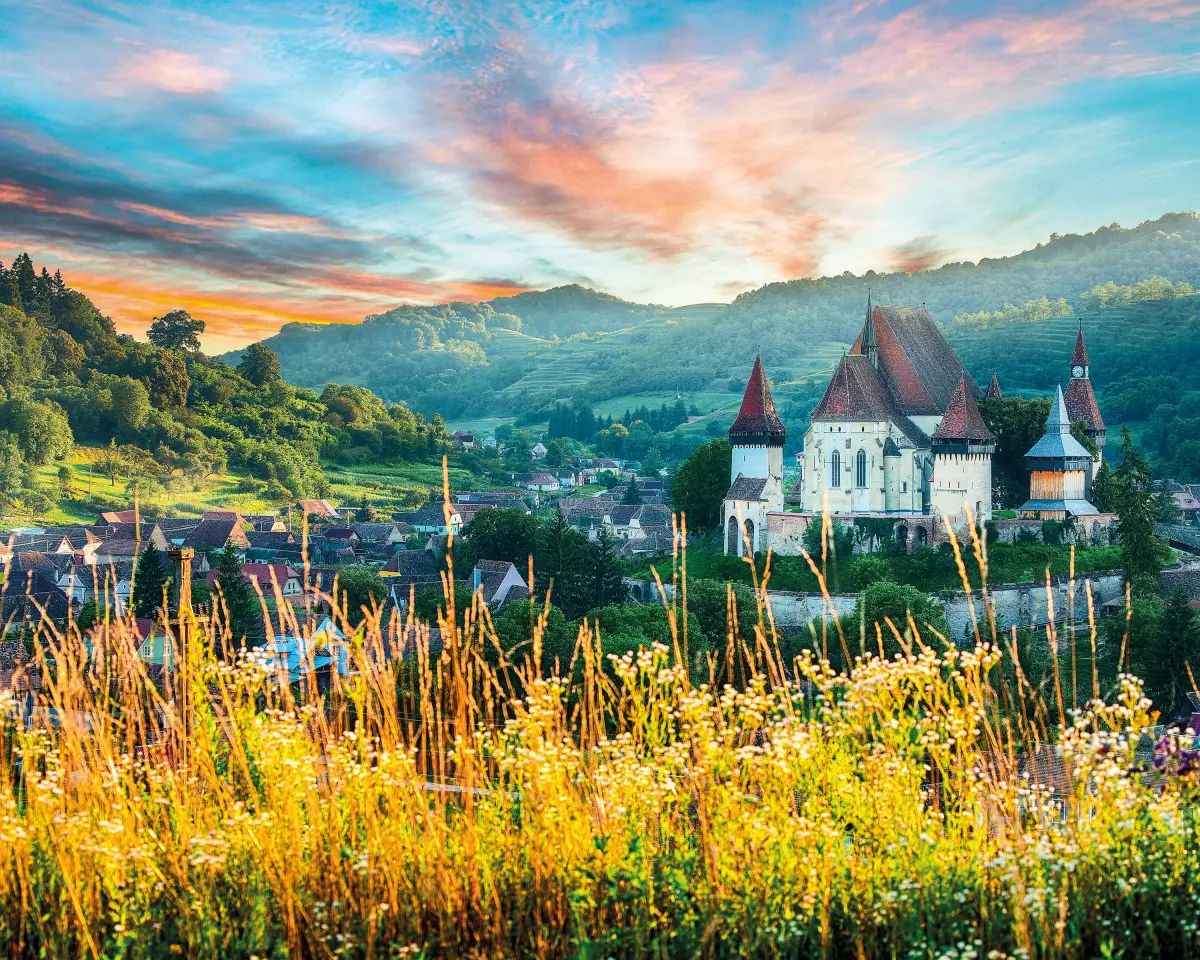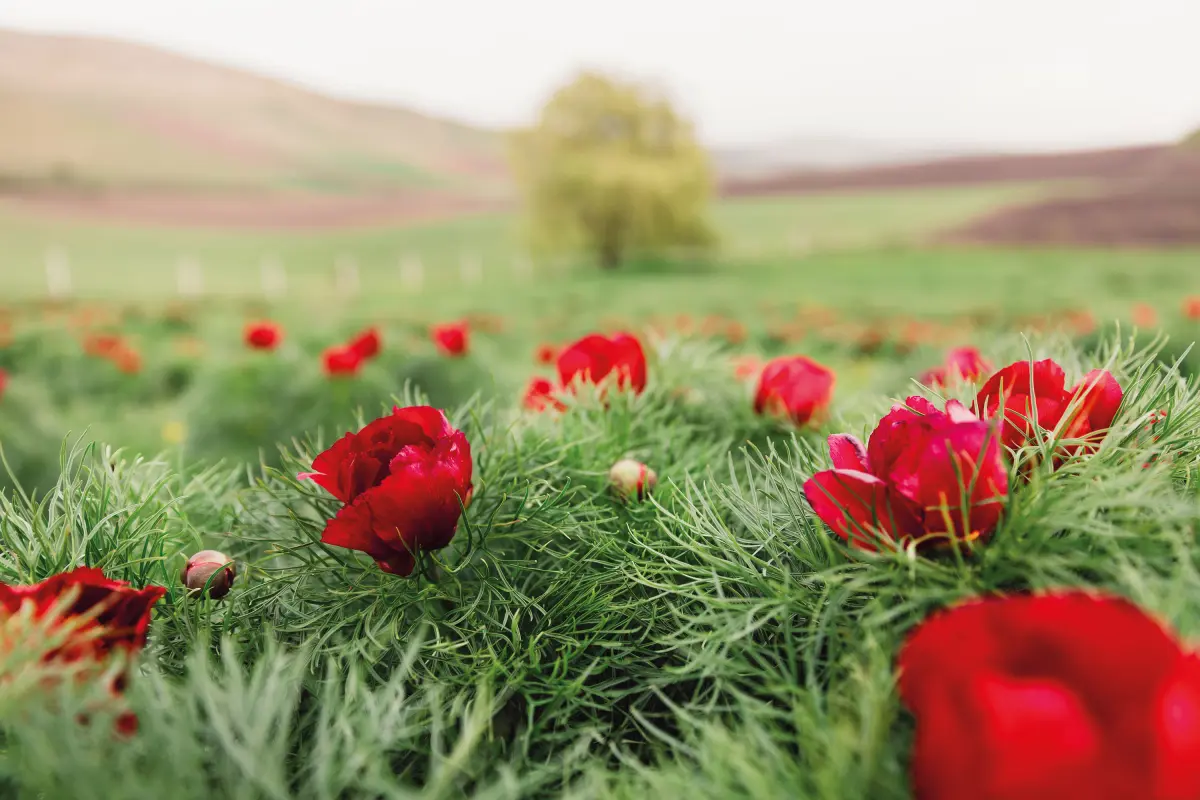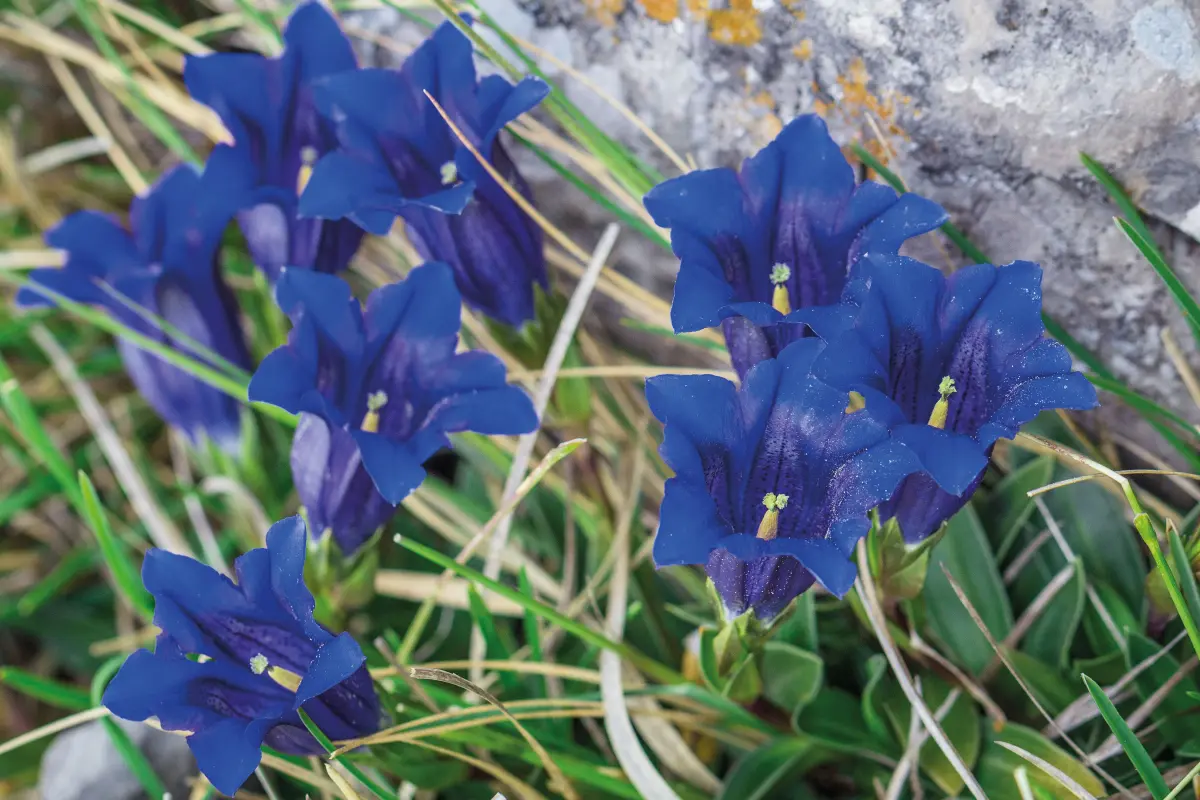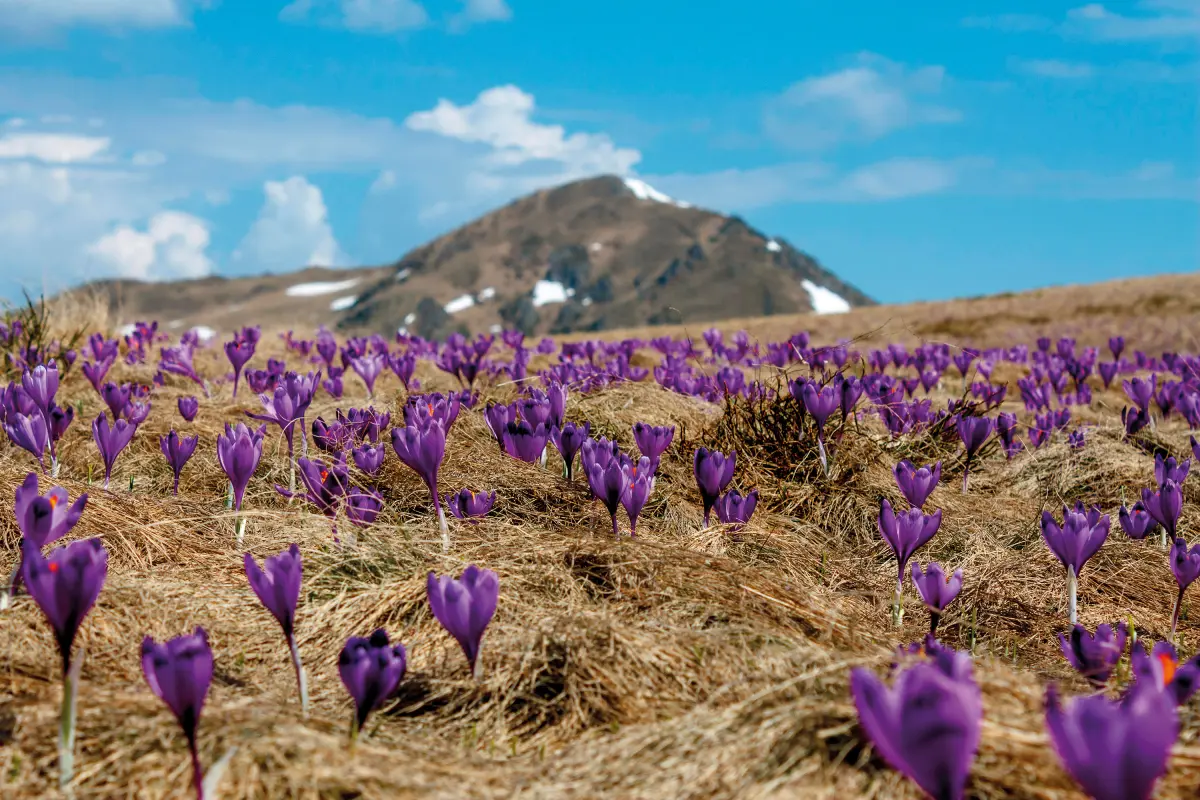Anyone who travels to the Carpathian Arc in Romania, or more precisely to Transylvania, can hardly cease to be amazed. Where a primeval sea roared 200 million years ago, today you will find bizarre rocks, wild gorges, more than 10,000 caves, real primeval forests and even sequoia trees. Eco-tourists get their money's worth here, far away from all motorways. Nowhere else in Europe are the chances of observing endangered wild animals such as wolves, lynxes or brown bears in the wild greater than in the wilderness of Transylvania. Besides, the "land beyond the forests" is always good for a surprise ...
In the daffodil wonderland
The ideal overture for a land of wonders: while the snow still lies on the peaks during a spring walk along the Fogerasch mountains, the sun has already spread a fragrant carpet of daffodils in front of the village of Holzmengen. In addition to the daffodils as the main actors, troll flowers, Siberian irises and scented violets fill the beautiful supporting roles of the spring staging.
As if the sight of amaryllis, violets and lilies in front of snow-covered mountains in the Harbach valley were not kitschy and fairytale-like enough, blackbirds, thrushes, orioles and cuckoos provide the musical background.
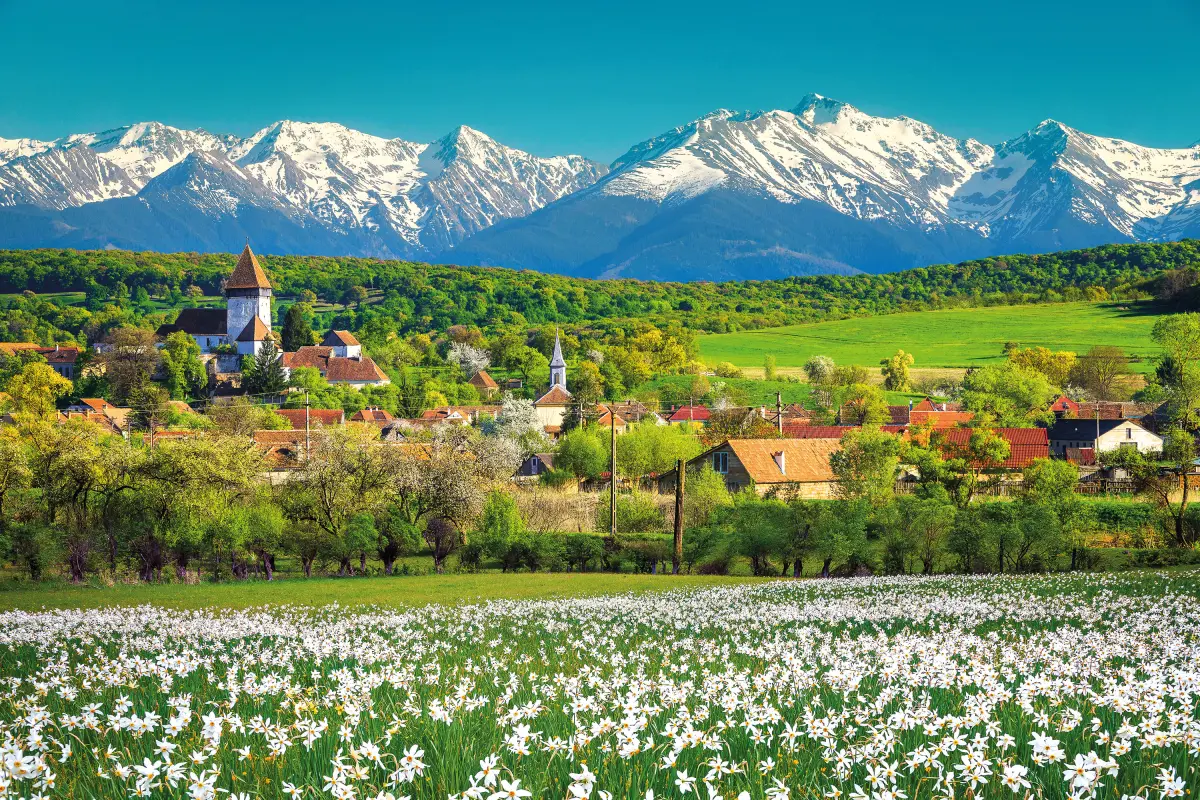
If you are in Transylvania in spring and want to experience these blossoming wonders, you should follow the signs to Hosman. This is the Romanian name for the beautiful village of Holzmengen. An hour's drive away, the next unexpected wonder awaits. Because - oh yes - there are volcanoes in Transylvania.
Volcano, Emerald Lake and Lava Organs
One would hardly have expected such a filming location on the Carpathian Arc. For the film series Django, a new interpretation of Sergio Corbucci's 1966 western classic - a western that incidentally also inspired Quentin Tarantino to make the film Django Unchained - the Netflix production unceremoniously moved the filming to Transylvania. In the middle of a volcanic crater.
This pretty volcano called Racoș will surprise many a connoisseur of the country. The attractiveness of Romania's youngest volcano was discovered rather late. It was only in the age of drone photography that the elegance of the circular volcanic crater was fully appreciated and attracted worldwide media attention. Yet the beautiful volcanic cone can certainly lead to false conclusions. For there has never been a glowing spectacle of smoke, ash, flames and lava bombs here.
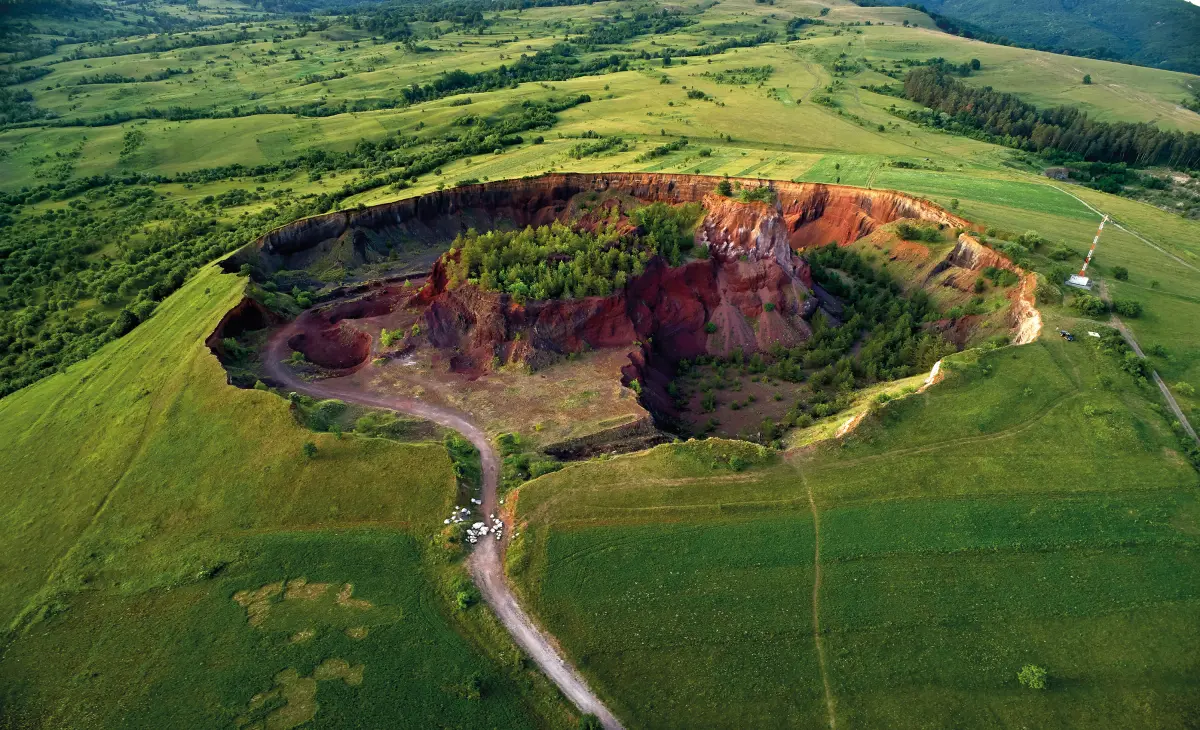
With just two million years on its crater hump, Racoș is not only the quietest volcano in Romania, but also the youngest. It has never been particularly active and was therefore not very good at eruptions. What is spectacular about this peaceful fellow, however, is the wild and bizarrely towering crater wall, shimmering in many colours, and the massive, eight-metre-high hexagonal basalt columns. Not far from the crater, it really does look as if giants or gigantic precision cutting machines had milled perfect hexagonal columns out of the volcanic basalt.
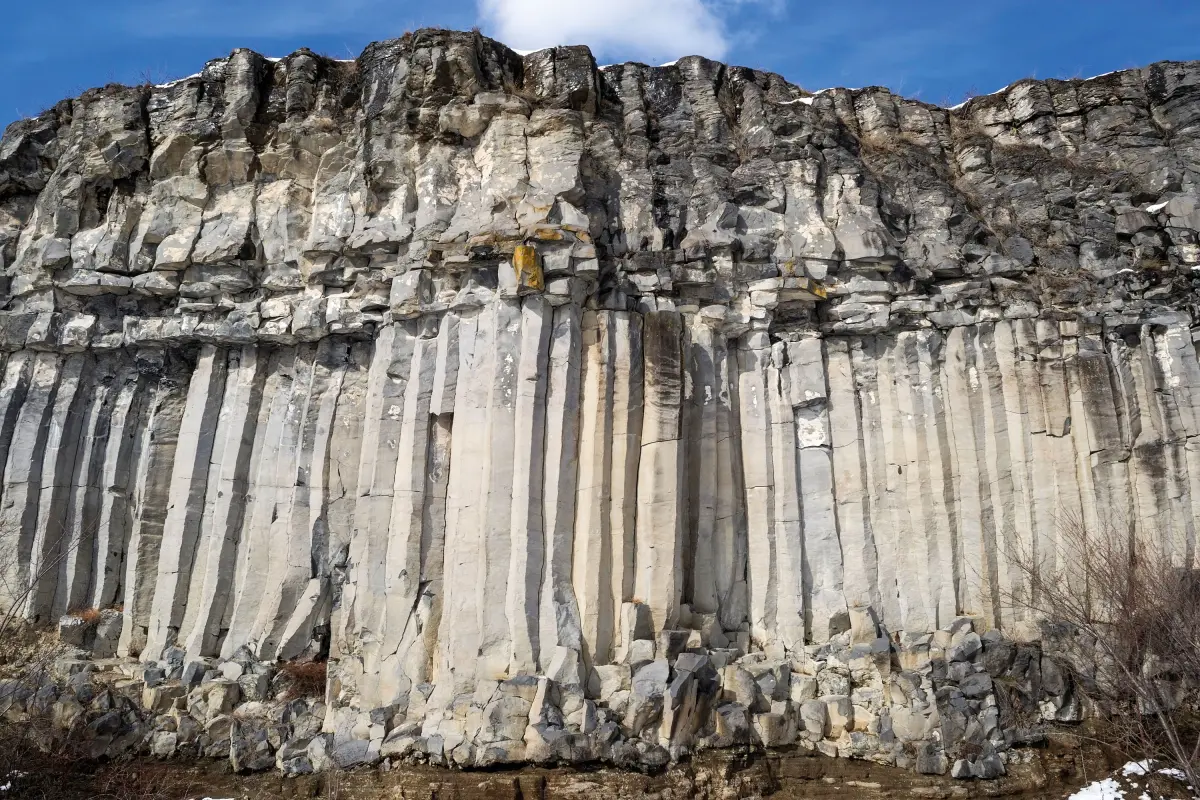
The sharp-edged rock wonder, formed one and a half million years ago, is also known as the lava organ by poetically inclined geologists.
An emerald and a volcanic lake
A few brave firs grow out of the red sandy soil in the crater. From above, a circling red kite looks closely at the scenery. For not far from the lava organs lies a shimmering emerald lake on volcanic soil, surrounded by a forested area with plenty of prey for the sharp-eyed birds of prey. Depending on the incidence of light, the colour of the lake changes from bright blue to turquoise green. The pulverised rock, which as a fine powder in the lake predominantly reflects the blue-green spectrum of the sunlight, did not get into the lake through an Ice Age glacier, however. Rather, the lake is a former mining pit and a so-called sky pond. This is the name given to bodies of water that were only filled by the rain from the clouds. By the way, its true name Lake Fir (in Romanian: Lacul Brazi) is also beautiful, but hardly anyone in Romania knows it by this name.
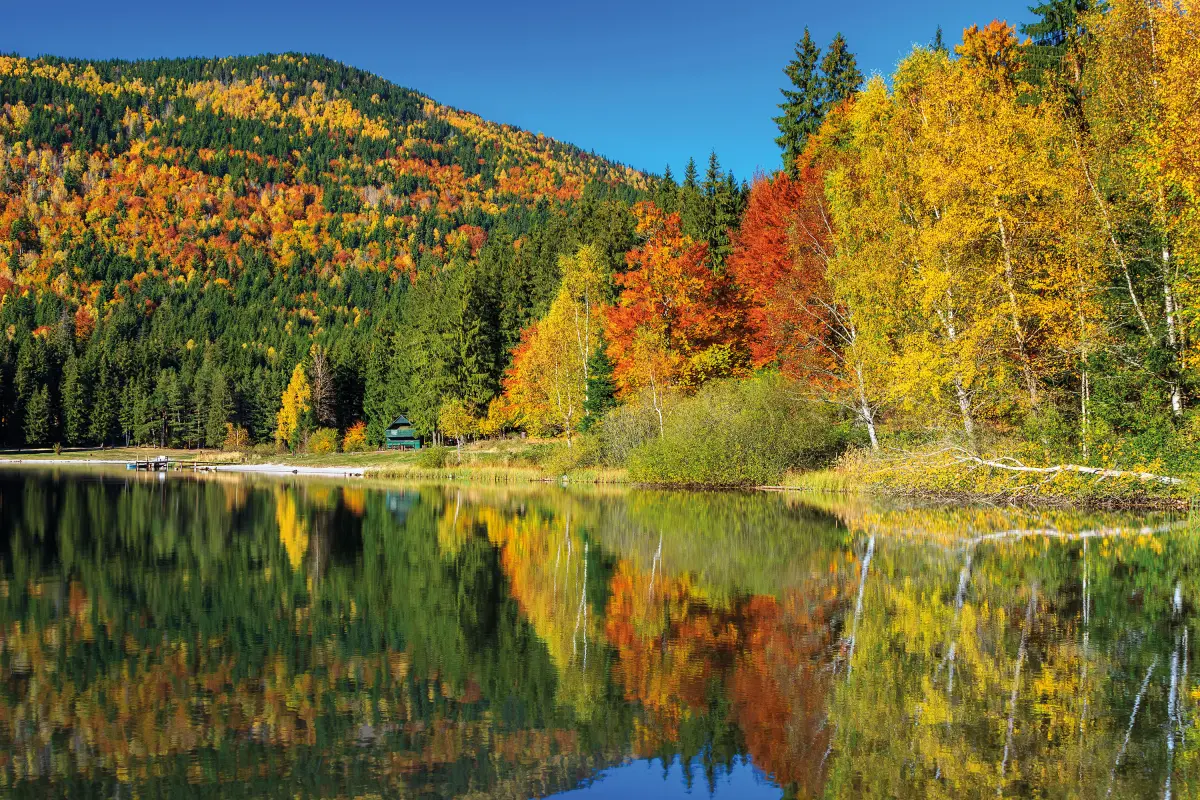
Almost as unknown and also a sky pond is Romania's only crater lake in the Mohoș nature reserve in Harghita County. Lake Sfânta-Ana (Hungarian: Szent Anna-tó) is located in the crater of the Ciomatu Mare volcano in the Eastern Carpathians. Since it is fed only by rain, the degree of mineralisation of the water is very low. The purity of the lake is about the same as that of distilled water.
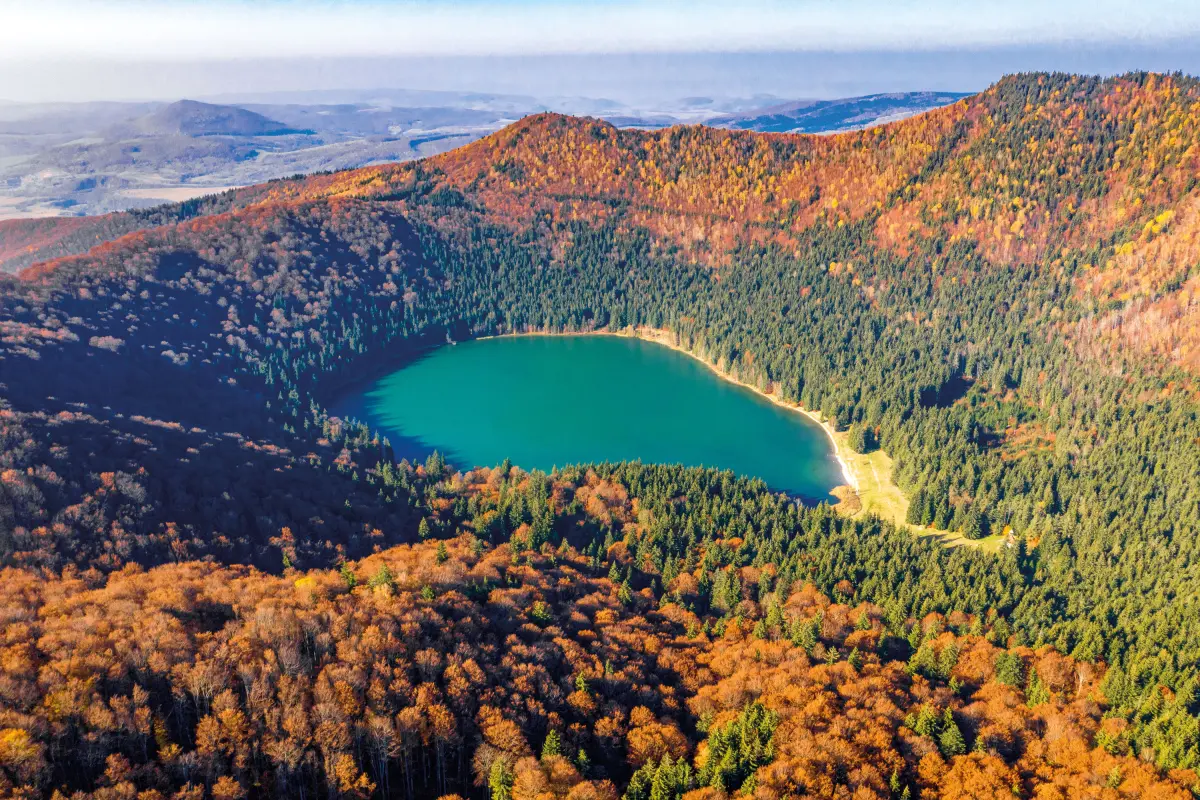
Wonderland of the Count and the King
A volcano, basalt organs, an emerald lake and a crater lake - by the way, all these enchanting places were mentioned to me by Count Tibor Kálnoky, who is breathing life back into his former family estate not far from these natural wonders in Szeklerland. His family spent over eight centuries in Miklósvár until they were expropriated during communism and emigrated all over the world.
In 1997, Count Kálnoky returned to Romania - and anyone who wants to can now stay in one of his authentically renovated Transylvanian houses, with King Charles III's quaint guesthouse certainly attracting a lot of attention for good reason. His love of Transylvania and longing for authenticity, simplicity and tranquillity will certainly lead the head of the United Kingdom to his distant relative Tibor Kálnoky more often in the future. Charles III claims that his kinship with the prince Vlad III, who became the historical model for Bram Stoker's novel Dracula, goes back even further.
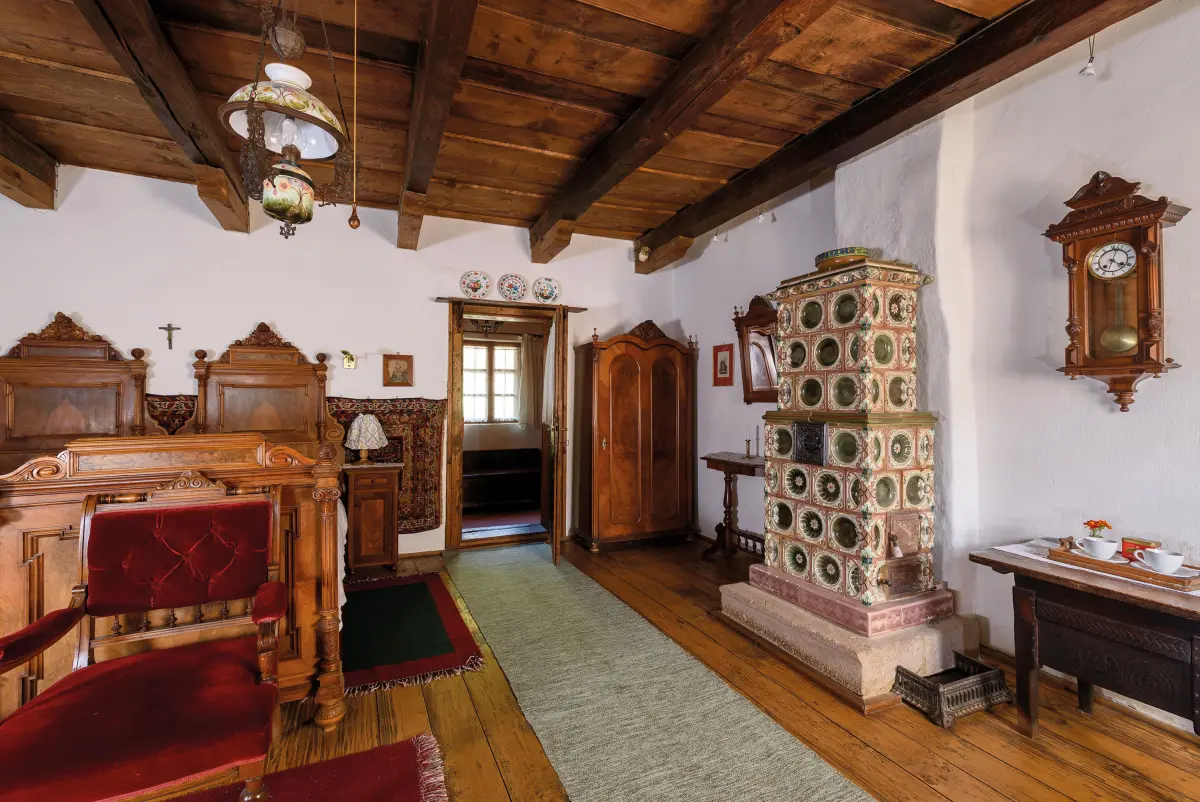
Incidentally, the then Prince of Wales had discovered his private retreat, the completely remote little village of Zalánpatak, which could not be reached by asphalted roads, on a five-hour walk with the Count.
The paradise of the earth...
... is on the back of a horse, says an old proverb. The ideal way to get to know the landscape of Szeklerland is from the saddle of a horse. Zalánpatak, which is called Valea Zălanului in Romanian, is an untouched jewel nestled in gently rolling hills. The hidden spot is an ideal starting point to see a fantastic medicinal herb garden at the end of the village - after spending the night in the British King's chamber. Inspired by her grandmother and all the medicinal plants that surround her, Raluca Olaru develops sustainable, beneficial cosmetics here from lavender, peppermint, sage, marigold, rosemary, safflower and numerous other plants.
The count has no shortage of other insider tips. There is a castle to explore, the court and village smithy of Barabas Gyuri in Miklósvár, the art riding school for Roma children of his wife Countess Anna Kálnoky or the mysterious caves in the Vârghiş Gorge.
The Pied Piper's Cave
Those who want to find the true treasure troves of Transylvania should not shy away from steep climbs and adventurous river crossings. For a long time, the Vârghiş Gorge was hardly accessible to tourists. Only daring researchers explored the sometimes spectacular cave openings on the almost vertical rock walls here more than a hundred years ago. The most famous of them is the easily accessible Almascher Cave, which was already mentioned in a court document from 1637. With a total length of 1,527 metres, it is by far the longest of all 124 caves in the gorge.
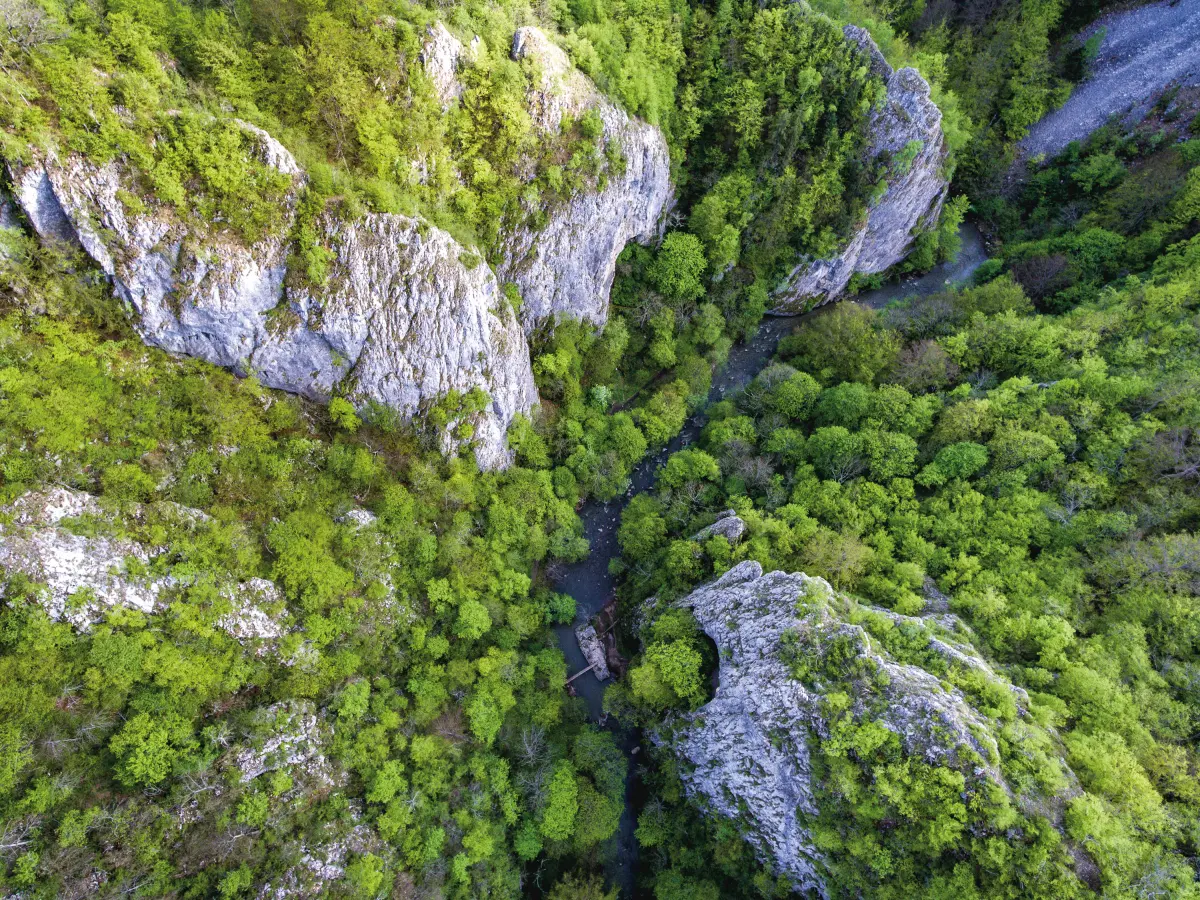
The cave became a real gem for speleologists with the discovery of the remains of a prehistoric man. In times of war, it was used as a shelter by residents of nearby villages and today, in its deepest passages, it is a refuge for rare bats.
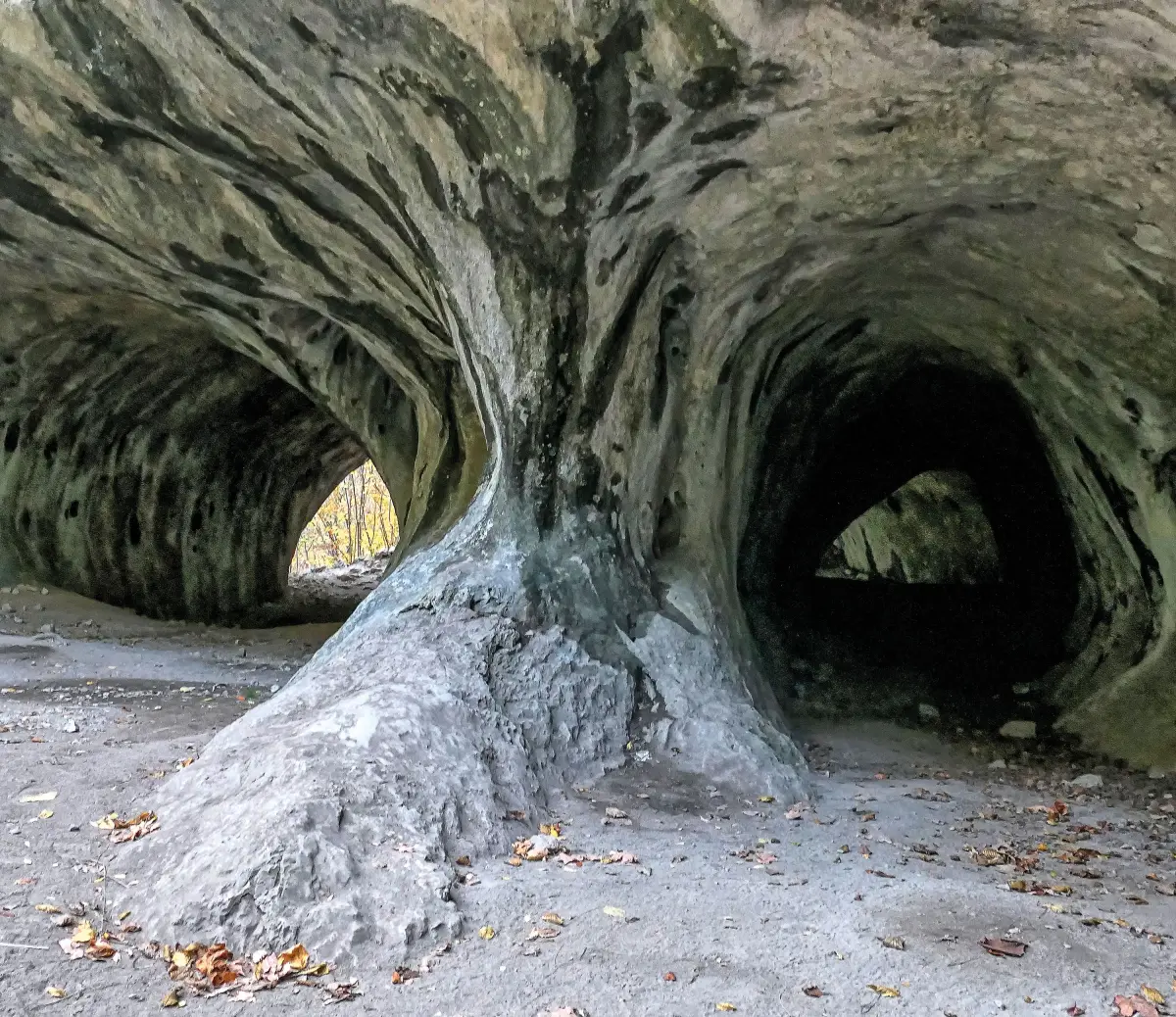
For the Transylvanian Saxons, it has an additional significance, as according to legend, the famous Pied Piper led his abducted children from Hamelin into this very cave. Here they are said to have come back to the light of day and settled the land.
On the other side of the gorge, a spectacular rock formation known as the Tartar Cave hides 35 metres above the ground. It requires some climbing skills to reach the hidden plateau.
Inevitably, one cannot help but think of a skull with two eye sockets (!) when looking at the tunnel-like double cave, which became the place of refuge and defence of a family called Ugron during the Tartar invasion. Such a curiosity created by water and erosion is probably unique in Europe.
Wallcreeper, Dippers and Yellow Lady's Slipper
Of all the gorges in Transylvania, the one in Zărnești is certainly one of the easiest to reach. It is a gorge in the Königstein National Park that you can also hike through quite comfortably. The best way is with a proven expert on the local flora and fauna like Hermann Kurmes. As a Transylvanian Saxon, he calls this paradise by its German name: Zerneschter Schlucht.
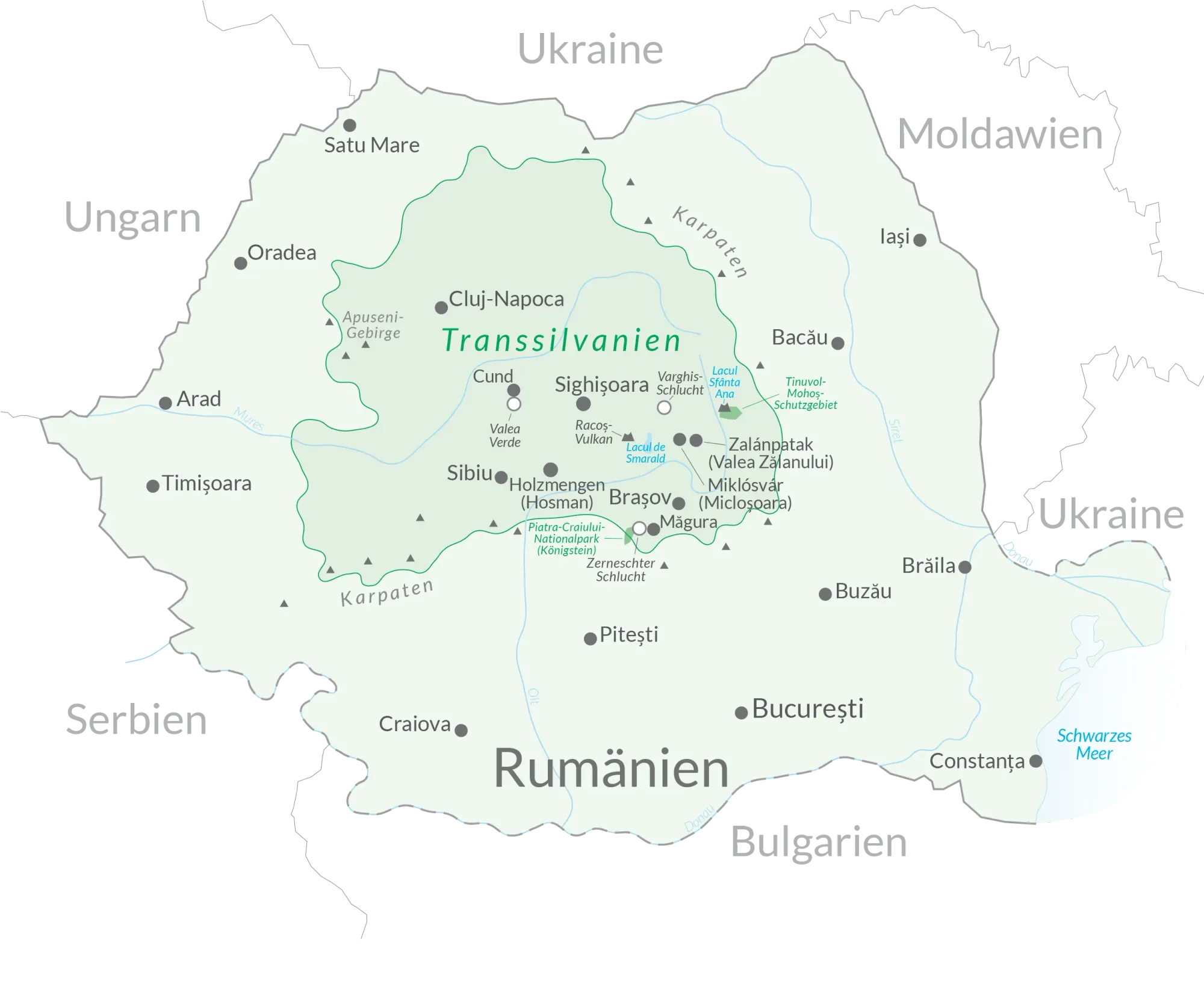
Of all the natural wonders to be found here, I would immediately award the beauty prize to the wallcreeper. Its wings, sparkling ruby red in the sun, can rival the most attractive tropical butterflies.
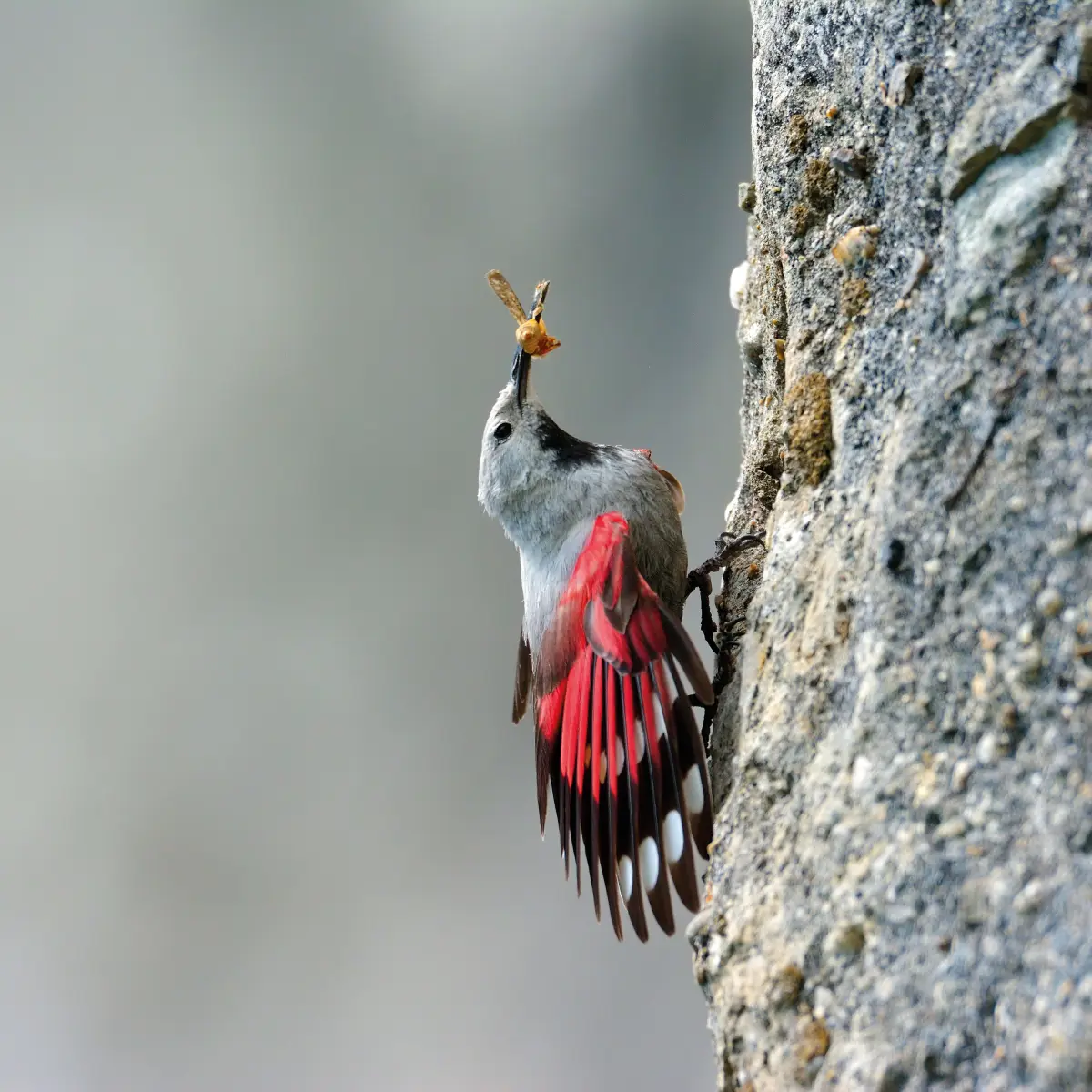
Hermann Kurmes also likes to point out hidden and rare wonders on his guided tours through the national park. Like the dipper, for example, or the endemic and globally unique royal carnation. A plant that only opens its pink blossom when the sun shines and only in the summer months.
Nature's horn of plenty has been poured out on the Königstein National Park (Romanian: Piatra Craiului) in particular. One third of all plant species found in Romania are native here. Among the particularly pretty species are the Alpine poppy, the brilliant blue Clusius gentian and the yellow lady's slipper, one of the most magnificent wild orchid species in Europe.
The most beautiful mountain village in the Carpathians
Anyone arriving at the edge of the Königstein Mountains at an altitude of a thousand metres on a mountain plateau bathed in light will first have their head turned. In Măgura, probably the most beautiful mountain village in Transylvania, the mountain backdrop of the Königstein massif, lined with firs, spruces and stone pines, shines in the sunshine as a perfect postcard idyll. The pioneers of eco-tourism, Katharina and Hermann Kurmes, have one of the most spectacular views in the Carpathians here from their Villa Hermani. In fact, Transylvania is home to the largest contiguous forest area in Europe - and Europe-wide, it has the most wild brown bears. Something that the two nature lovers recognised as an asset early on.
Besides delicious Baumstriezel baking in Wolkendorf and excursions to the magnificent fortified churches, they therefore primarily organise guided tours into the wilderness, where they follow the tracks of bears and wolves.
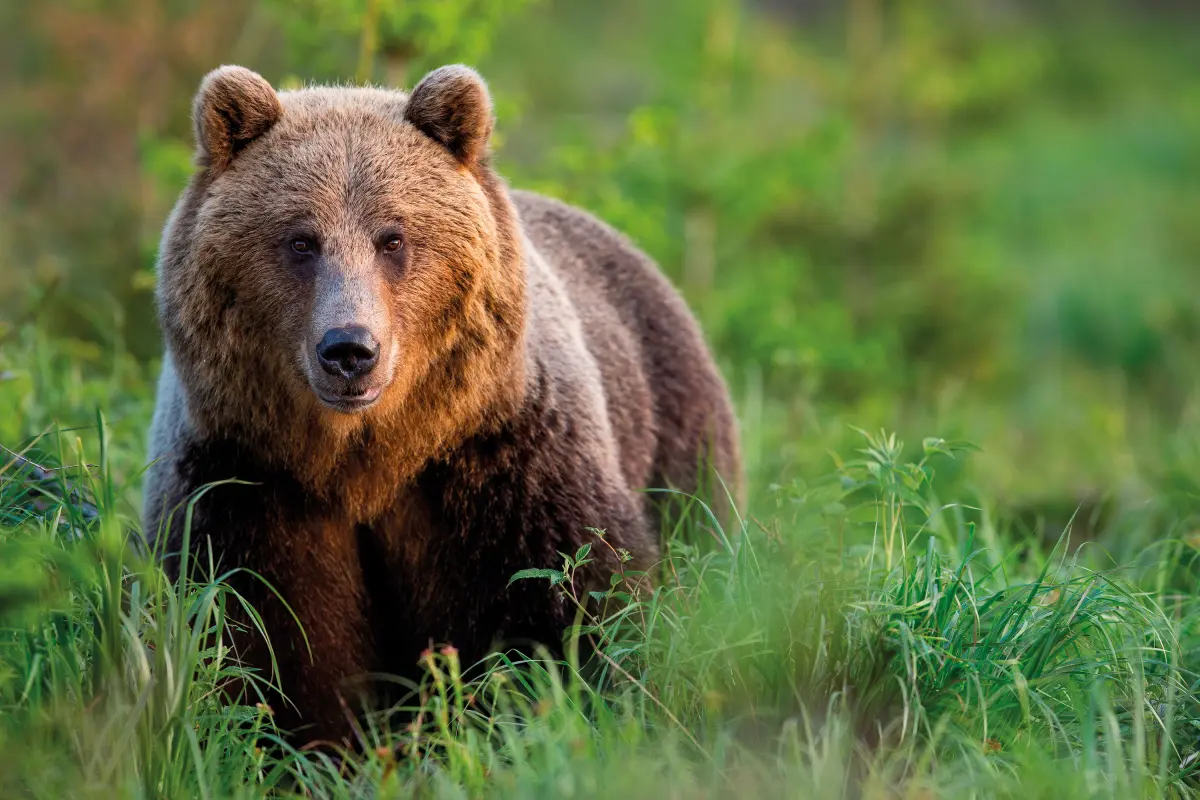
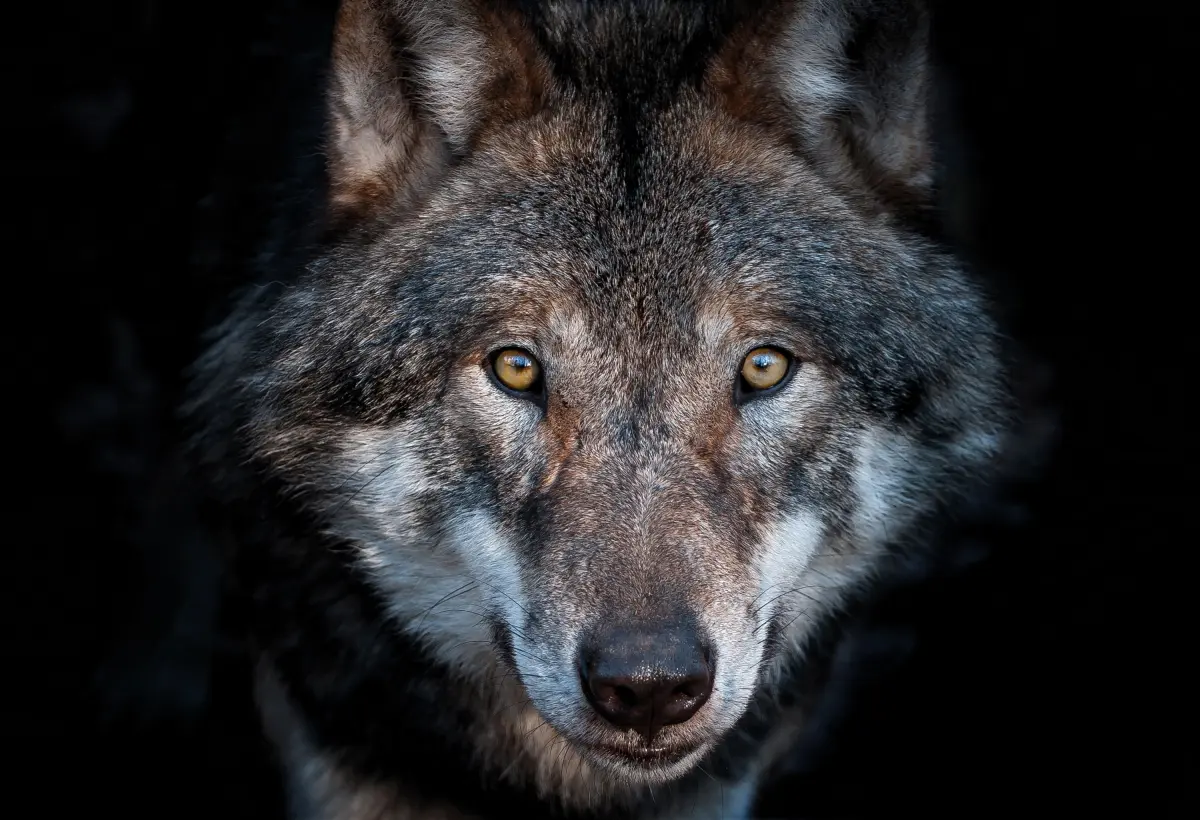
Black gold and a sea of sunflowers
Van Gogh would certainly have gone crazy with happiness thirty kilometres northwest of Sighișoara. Sunflowers to the horizon, sunflowers without end. From the little village of Cund, you can take a horse-drawn carriage ride into this brilliant yellow sea, and the next day you can go on a guided truffle hunt in search of Transylvania's black gold. Jonas Schäfer then processes the wild herbs and truffles found in a seven-course menu directly in his culinary refuge.
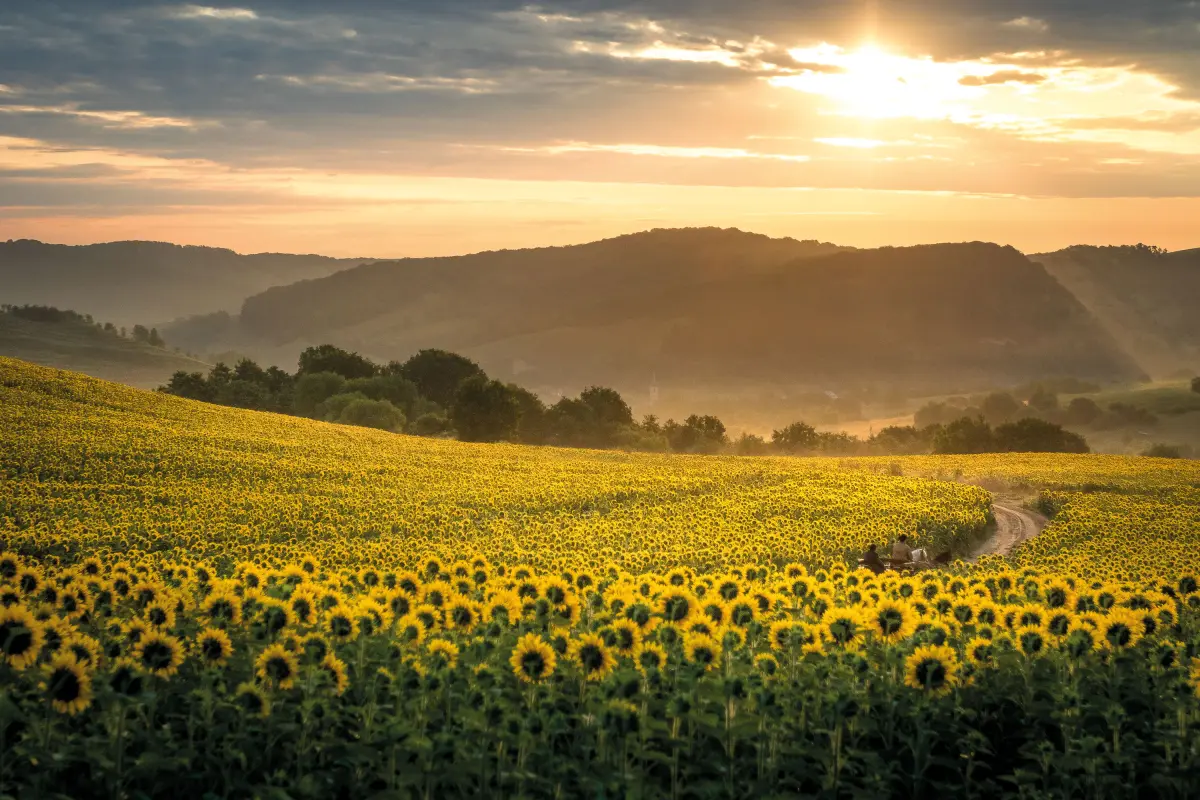
Valea Verde is the name of this place where Jonas and Ulrike Schäfer have found happiness since 2005. The village of Cund was for a long time - similar to the case with remote Italian villages - on its way to becoming an abandoned village. Thanks to the initiatives of the Schäfer family, the cheese master István Varga and the Austrian Christian Harfmann, the place is now filled with life again. Donkey walks, overnight stays in a remote game lodge from whose terrace you can watch red deer, wild cats and eagles in peace, and an organic cheese dairy in the village centre are just some of the attractions of this Transylvanian picture-book village.
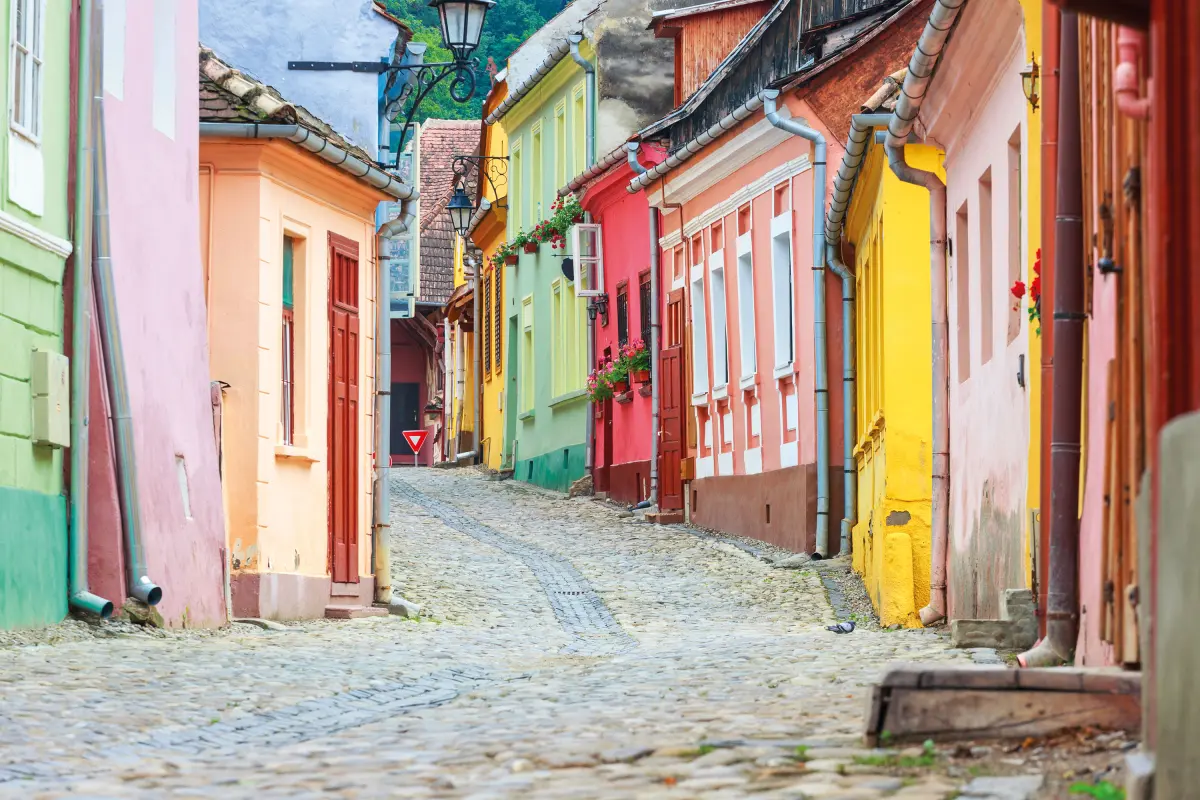
If you want to know where the true heart of Transylvania beats, you should choose timeless, enchanted places where they deliberately avoid asphalting the access roads.
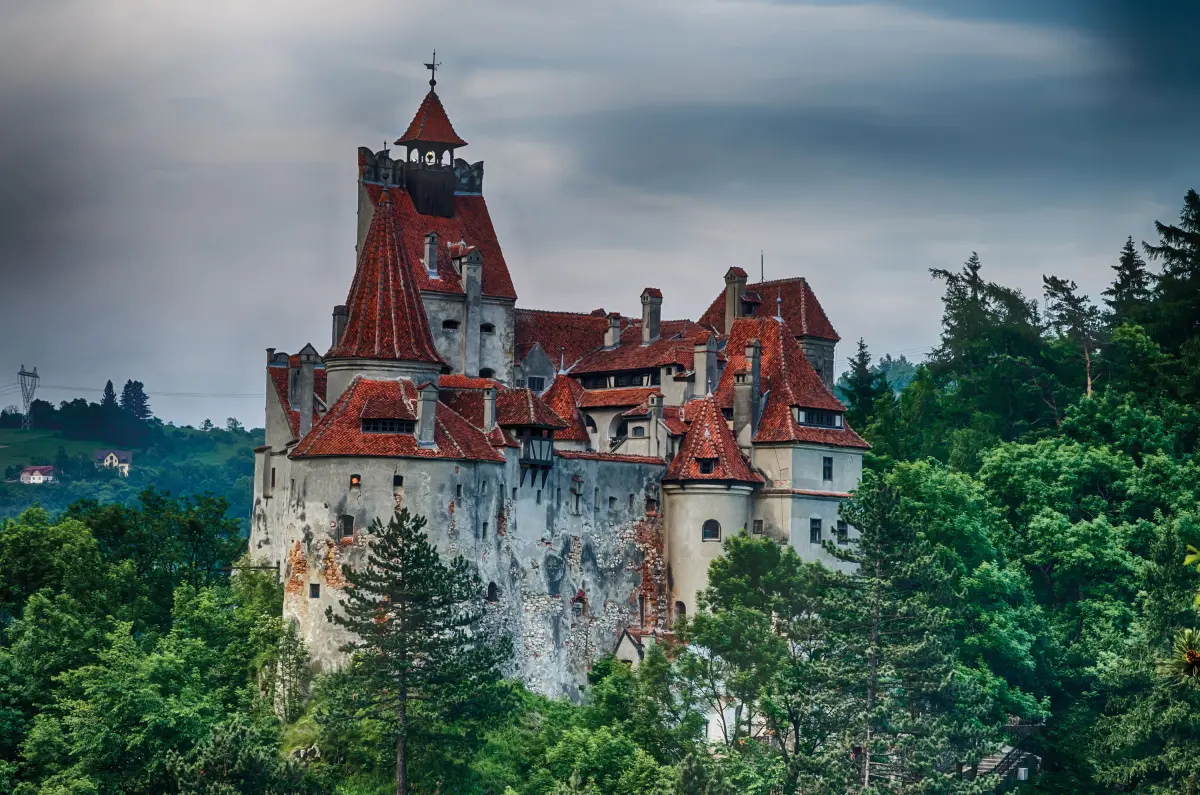
This applies to the mountain village of Măgura and the estates of Count Kálnoky as well as to Valea Verde in Cund. In all the places presented here, the natural character of wild forest and field paths serves to preserve the traditional village character. Only in this way do the rattling horse-drawn carts, the farmers mowing with scythes, the pretty village churches and the sheep fit wonderfully into the idyllic picture of a landscape as if from another time. The wild heart of Europe still beats!
Text: Joscha Remus
Images:
Lead story and Images 1-5: depositphotos
Image 6: Royal room: KALNOKI
Image 7: depositphotos
Image 8: Tartar Cave: Joscha Remus
Images 9-15: depositphotos
Image 16 Sunflowers: Valea Verde
Image 17 colourful houses and Image 18 Bran Castle: depositphotos

